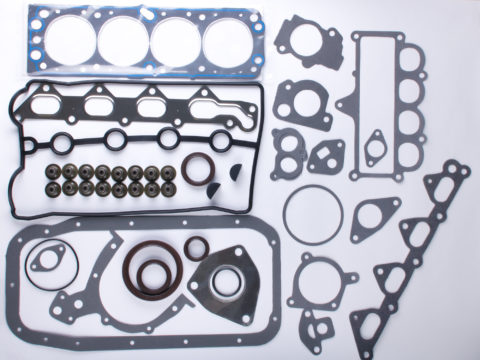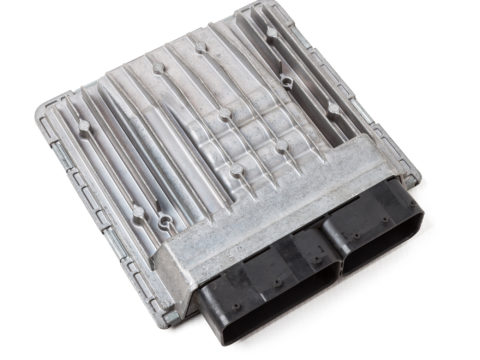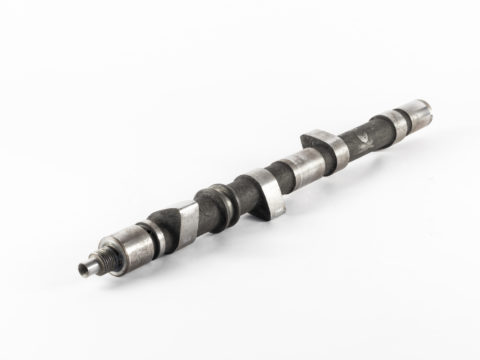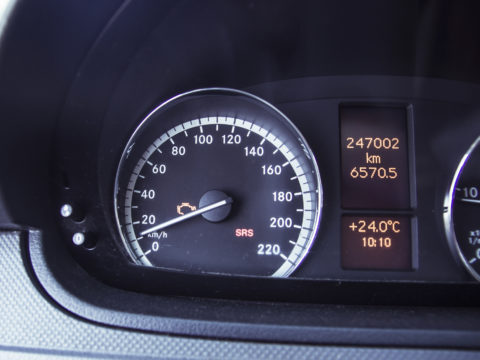Though it is only a small component the thermostat is crucial to the regulation of your engine temperature and the running of your vehicle, and failure to replace it promptly if damaged or worn may lead to more costly work down the line.
Luckily, replacing the thermostat is easy enough and in this article, we will talk you through the ins and outs of completing this important task.
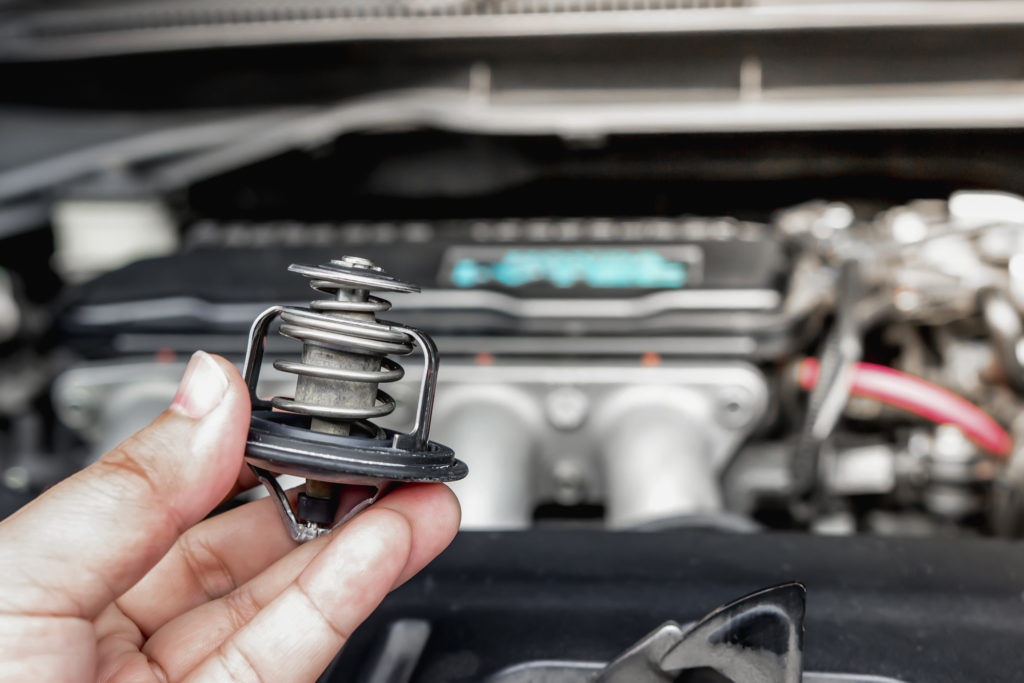
Contents
How Much Does It Cost to Replace a Thermostat in a Car?
Car thermostat replacement cost can vary depending on your model and make of car, varying from $190 up to $220 including the cost of the thermostat.
How much is a thermostat for a car?
Aside from the cost of thermostat replacement the component alone costs between $120-$150, again dependent on the make and model of your vehicle.
When Should a Car Thermostat Be Replaced?
There is no set amount of time within which you should replace your thermostat but there are signs you can look out for to let you know when your thermostat fails.
The check engine light will turn on when there is an issue with your engine, a worn-out thermostat can certainly cause it to turn on.
Also if your engine temperature is too high or too cold this could be a sign of your thermostat no longer running the car’s cooling system efficiently.
How long does a car thermostat last?
The general consensus is that a thermostat will last ten years. That being said this is an optimistic lifespan and should not be treated as a blanket rule, as most thermostats will not reach a decade.
What Does a Bad Car Thermostat Look Like?
If you’re no expert in car maintenance, and a lot of us aren’t, then don’t panic.
Luckily there are people out there who understand this problem much more than some of us who have taken the time to upload helpful tutorials on how to diagnose this problem.
What Causes a Thermostat to Fail?
If your thermostat fails, five primary reasons are likely to be the cause of it.
Overheating
The thermostat functions as a temperature gauge, using the heat of the engine to sense when to open its valve. If for any reason the engine overheats this can damage the components inside the thermostat as it is only designed to accommodate a normal operating temperature.
Sludge
Over time coolant fluid can congeal and turn into a sludge-like substance. Once this sludge gets inside the thermostat the coolant flow can become restricted or stop altogether.
The sludge can also prevent accurate readings which in turn leads to a delay in opening and closing and subsequent over or under-heating of your engine’s temperature.
Defect
Thermostats are made on a factory line like any other car component and a defect may be missed by human error.
This means the thermostat may be faulty before it is installed or may break soon after installation.
Age
Over time while the thermostat is constantly cooled and heated by the car engine natural wear of the component is to be expected.
Initially, the car’s thermostat will be more sensitive to high temperatures but as it loses efficiency it will lose sensitivity, activating the coolant system at higher and higher temperatures until the engine overheats.
Incorrect Installation
It’s possible that even a professional mechanic can install a thermostat incorrectly.
The bleeder valve might be installed upside down, resulting in the air not being able to bleed from the cooling system.
The thermostat may also have been installed backwards. This means the temperature sensor is oriented towards the radiator and not the engine. It will still open and close but will not be as sensitive.
Bad Car Thermostat Symptoms
There are several signs you should look out for that might signal you need a thermostat replacement.
Coolant leak
If the thermostat is stuck in the closed position it can restrict the flow of coolant and lead to coolant leaks.
This is most noticeable around the thermostat housing but if the situation gets worse it can lead to leaks in other areas of your vehicle.
Temperature gauge fluctuations
If the engine temperature begins to fluctuate between abnormally high and low temperatures this could be a sign of a faulty thermostat.
This problem can lead to poor regulation of the operating temperature of your engine resulting in reduced performance and poor gas mileage.
Overheating of the engine
Usually, the first sign that your thermostat is failing is a high-temperature reading and your engine overheating. This signals that coolant isn’t flowing properly and can result in lasting damage to your engine.
Heater malfunctioning
A thermostat malfunction can affect the cooling system of your car and lead to poor regulation of heat in the cabin of your car.
Poor engine performance
Without a thermostat to maintain an effective operating temperature in your engine your car will run less effectively. An obvious symptom of this is the check engine light switching on and sudden poor fuel economy.
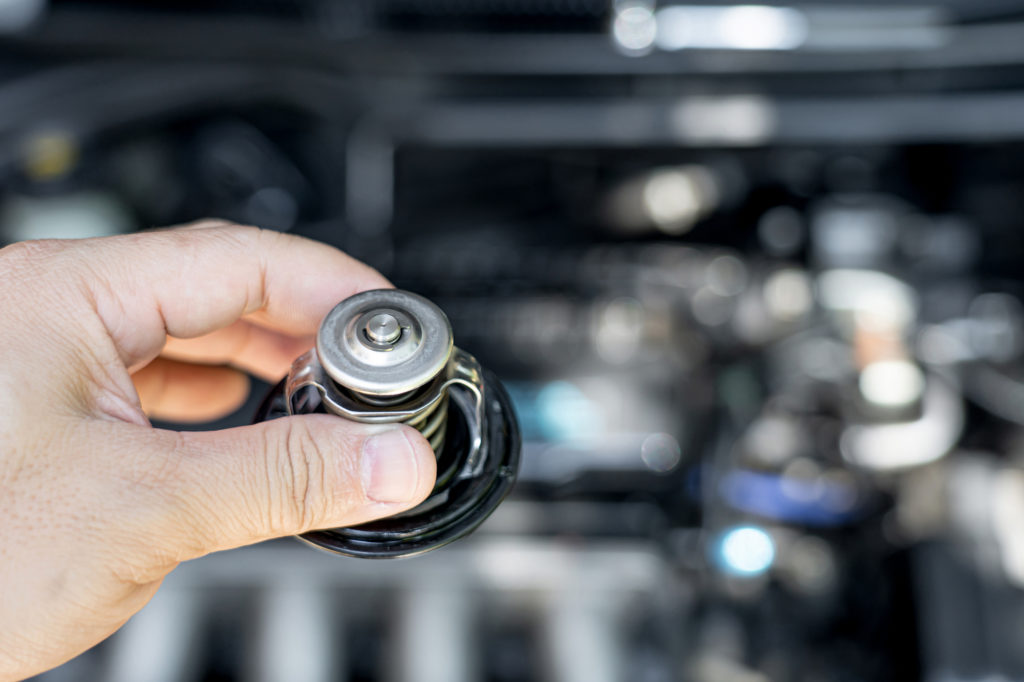
How Long Does It Take to Change a Thermostat in a Car?
If done properly you can perform the thermostat replacement job yourself in up to an hour to two hours.
How to Replace the Thermostat in a Car
So now we’ve discussed how to diagnose if your thermostat needs to be replaced, let’s go over the kit you’ll need to perform and how to do it.
Tools and equipment needed
- Socket/ratchet set
- Rags
- Hose-clamping pliers
- Gasket scraper
- Drip pan
- Flathead screwdriver
- Non-adhesive sealant
- An old rag
- Gloves
- New coolant to top up the radiator
Step 1: Allow your vehicle to cool down
Before you start rooting around inside your car you should first make sure it’s fully cooled to avoid injury.
Step 2: Place a drain pan under your vehicle
Replacing your thermostat can be a messy business. To avoid coolant spillage make sure you have a pan or bucket under the thermostat. There won’t be a huge amount of spillage but it’s best to be prepared.
Step 3: Clean the sealing surface & install the thermostat gasket
To keep the job as clean and simple as possible remove any grime and gunk that may have congealed around the thermostat.
Step 4: Find the thermostat housing
This is located between the engine and the radiator.
Step 5: Remove the thermostat housing bolt
If the thermostat housing doesn’t move then tap it gently with a rubber mallet or plastic screwdriver handle. Using a six-point tool will prevent rounding the bolts’ heads.
Step 6: Remove the faulty thermostat
After gently removing the radiator hoses from the thermostat and a six-point tool to loosen the thermostat, gently remove it from its housing.
Step 7: Clean the mounting surface
Again, clean any build-up that may have accumulated before continuing. This is also to prevent any coolant flow into the engine.
Step 8: Install the new thermostat & tighten bolts
Make sure you install the thermostat replacement with the right end facing the radiator.
Some models have pins to help you find the correct way to install, and once positioned properly use a torque wrench to tighten the bolts.
Step 9: Refill coolant
Make sure to top up the coolant to replace the amount you bled while performing the replacement.
Who to Call to Replace Thermostat?
Any qualified mechanic will be able to replace a thermostat. It is an entry-level fix that only takes a few bolts to remove. For example, YourMechanic offers this service across over 2,000 U.S. cities.
However, if you don’t mind paying the car thermostat replacement cost at your local shop then following the replacement steps carefully will save you money.

